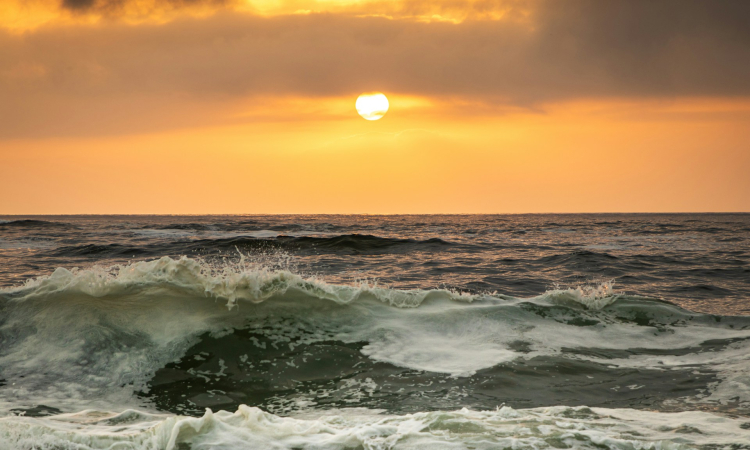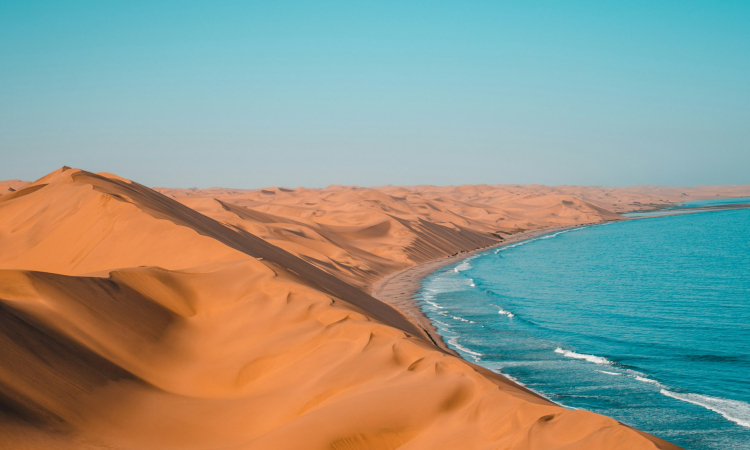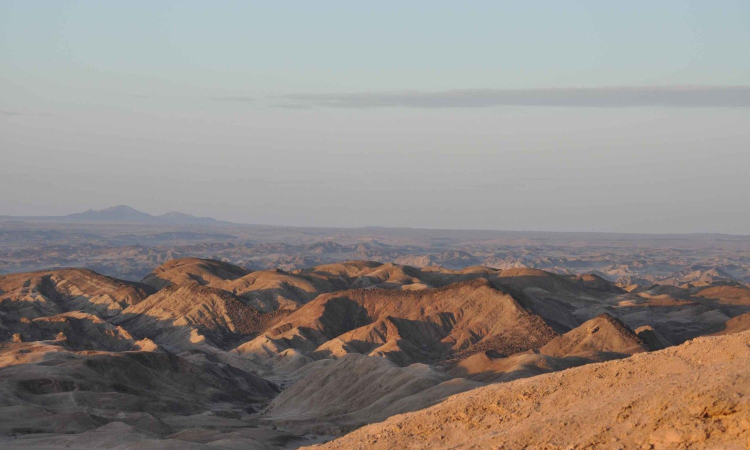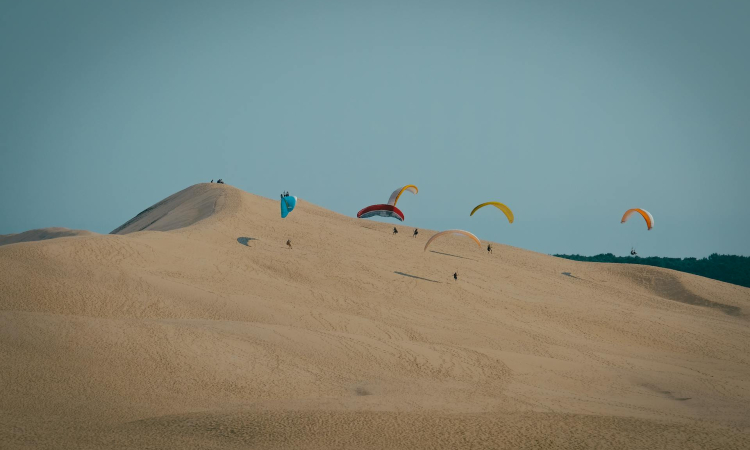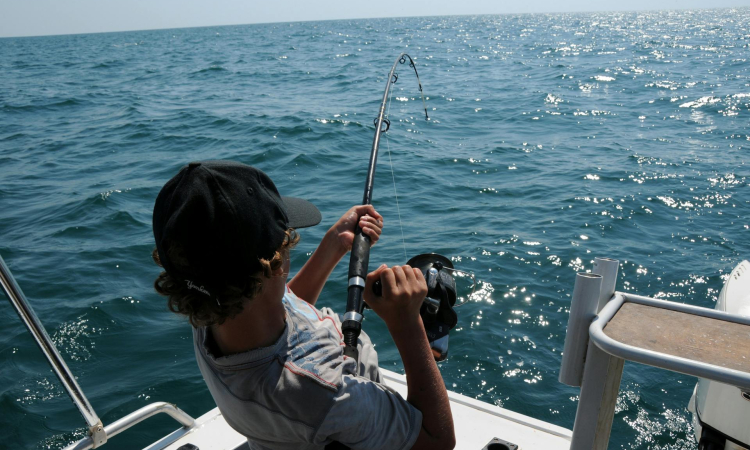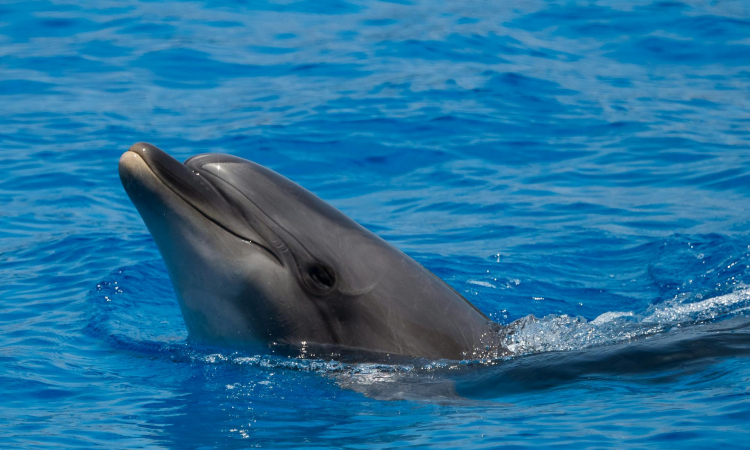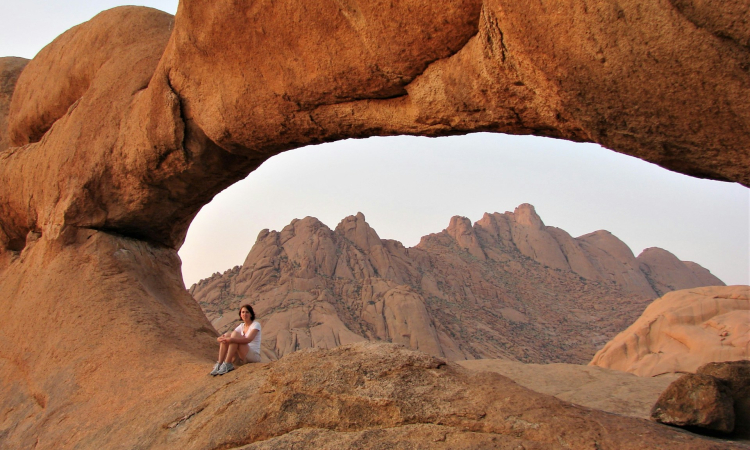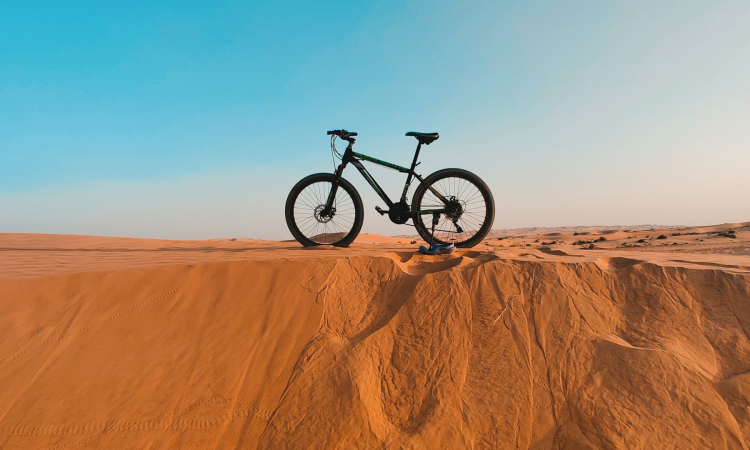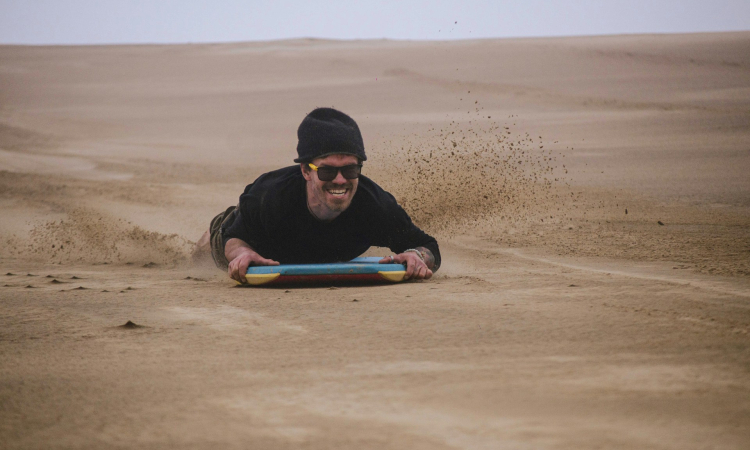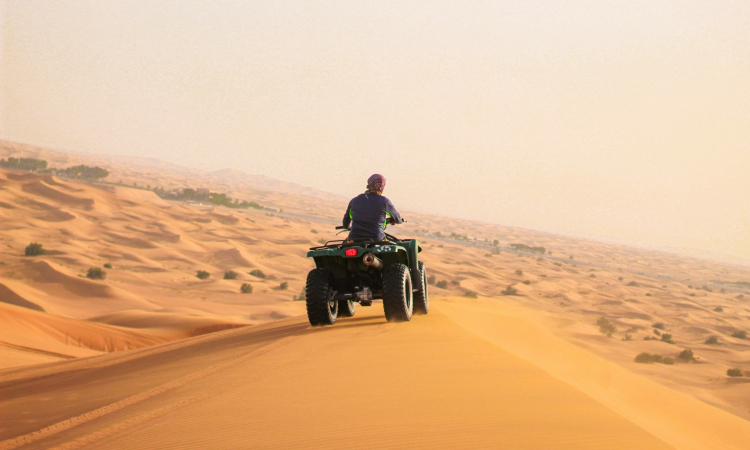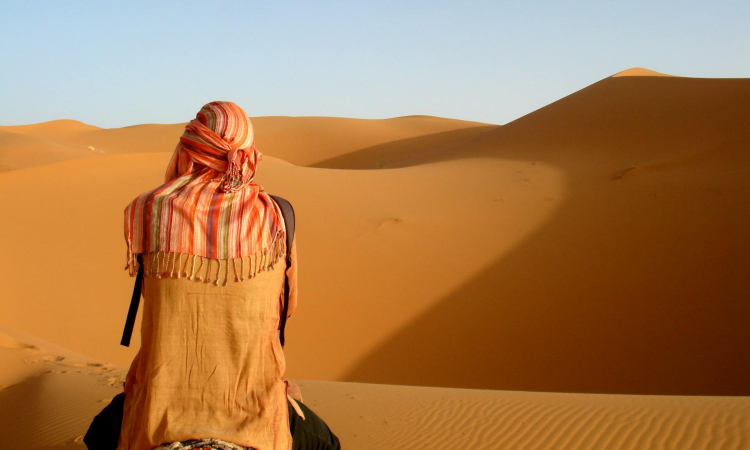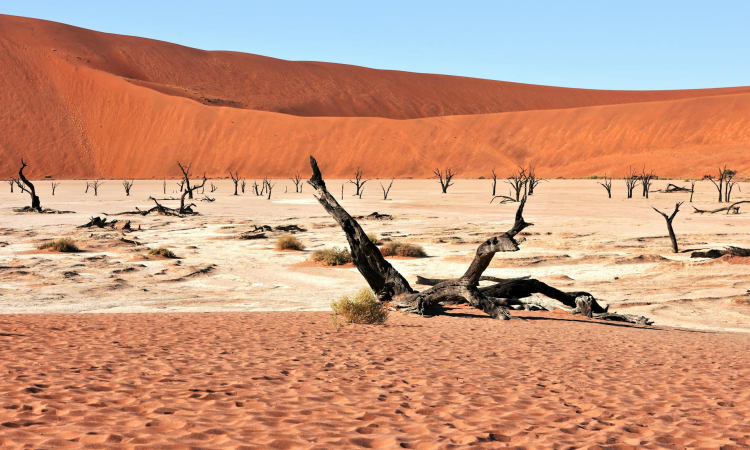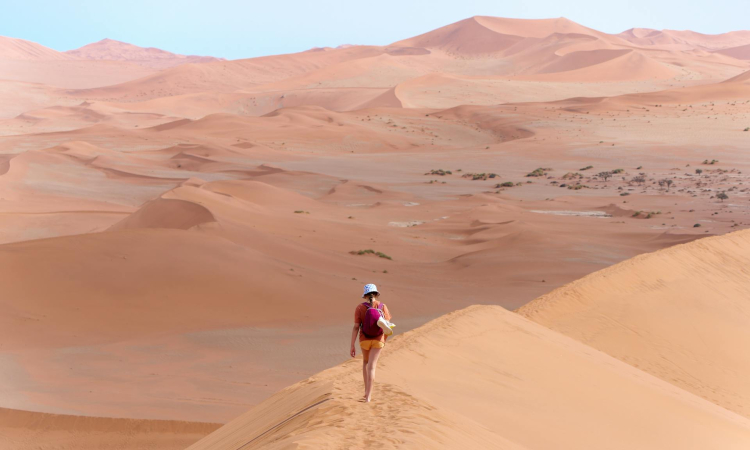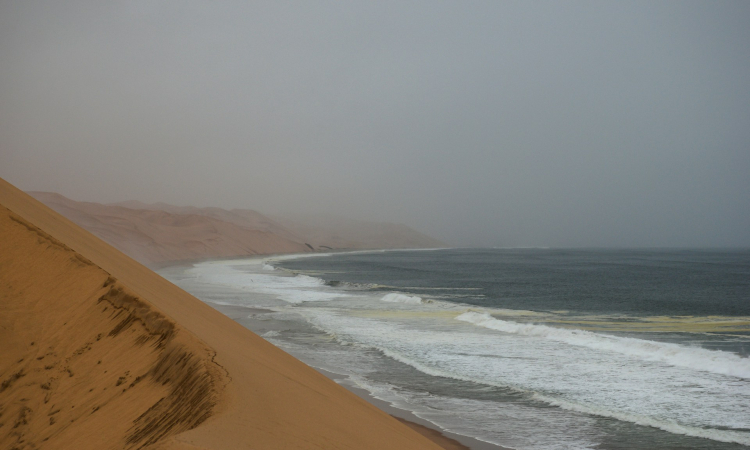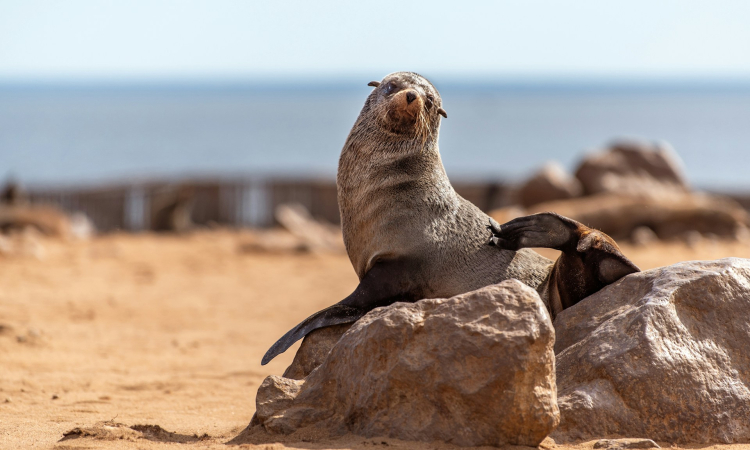Swakopmund is located on Namibia’s western coast, where the Atlantic Ocean meets the Namib Desert to form a unique landscape. This unusual combination creates a special ecosystem that supports both desert and marine life.
Swakopmund lies in the Erongo administrative district. It is bordered by the Atlantic Ocean to the west and surrounded on three sides by the Namib Desert. The nearby area includes different landforms such as wide sand dunes, gravel plains, and the Moon Valley, a landscape shaped by erosion from the Swakop River that resembles the surface of the moon.
- Climate: The cold Benguela Current, which flows north along the coast, strongly affects Swakopmund’s weather. It brings a mild desert climate with cool temperatures throughout the year and very little rain-less than 20 mm annually.
- Coastal Fog: The meeting of the cold Benguela Current and warm inland air produces thick fog that covers the coast for more than 180 days each year. This fog provides much-needed moisture for desert plants and animals.
- Marine Ecosystem: Swakopmund’s coast is part of the Benguela Current Large Marine Ecosystem (BCLME), one of the richest marine areas in the world. Its cold, nutrient-filled waters support many species of fish, seabirds, and marine mammals. The coastline has rocky areas and sandy beaches filled with invertebrates, which attract large numbers of shorebirds.
- Coastal Wetlands: The Swakopmund Estuary and nearby salt pans are important wetland habitats that draw many birds, including resident and migratory waders.
- Desert Ecosystem: Although the desert is dry, the fog from the coast sustains a variety of plants and animals that have adapted to survive in harsh conditions.
- Fauna: Many desert animals have developed special ways to collect moisture from fog. The fog-basking darkling beetle captures water droplets on its body to drink, while the golden mole moves easily through the sand to stay cool and find food.
- Flora: The area is home to the ancient Welwitschia mirabilis, a plant that can live for more than 1,000 years and absorbs moisture from fog. The desert is also covered with lichen fields that rely on the same moisture to survive.
- Riverbeds and Aquifers: Although the Swakop River is dry most of the time, underground aquifers fed by the river allow vegetation to grow along its course. When seasonal floods occur, the river carries nutrients to the ocean, helping marine life and enriching coastal habitats.

